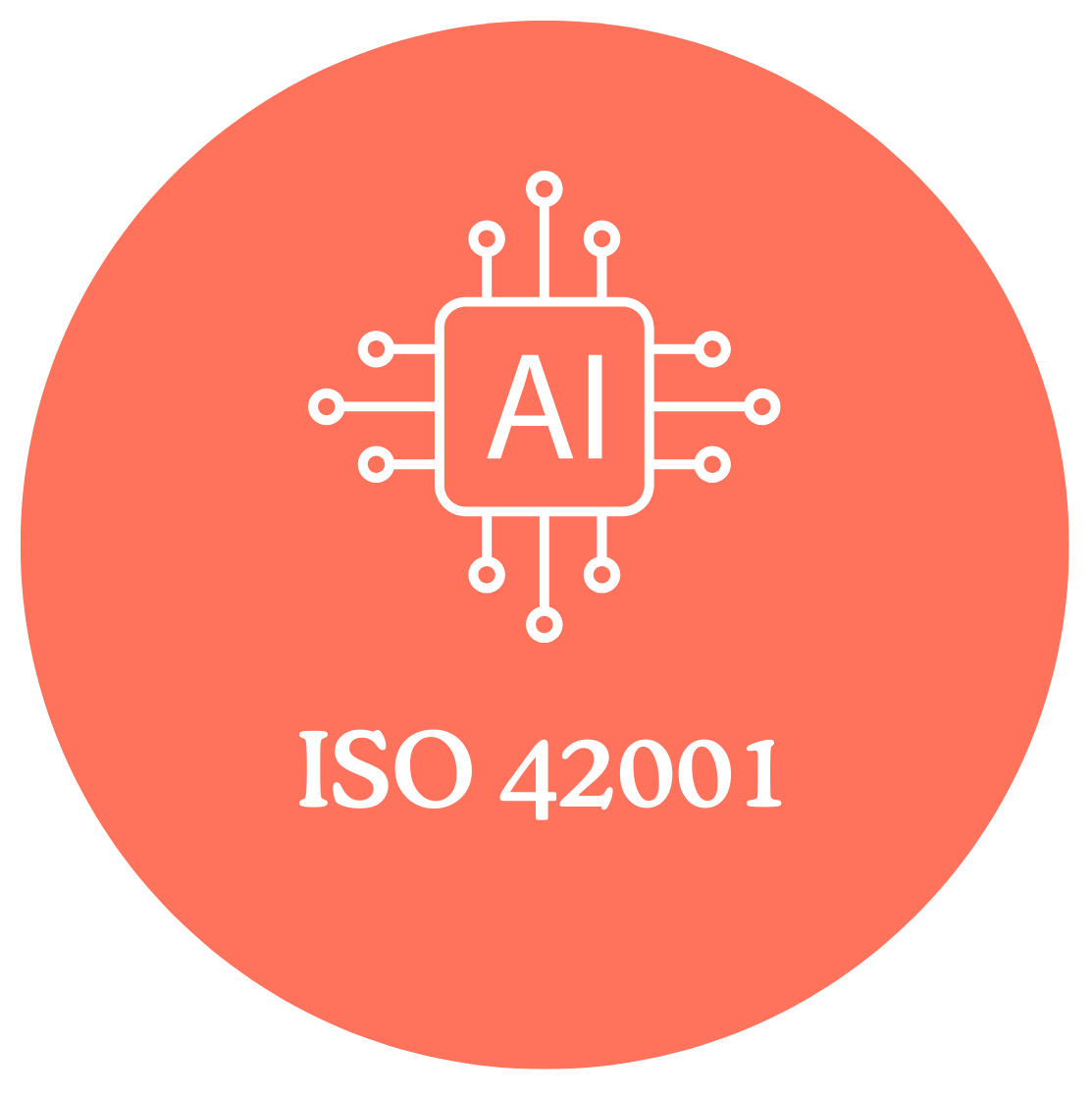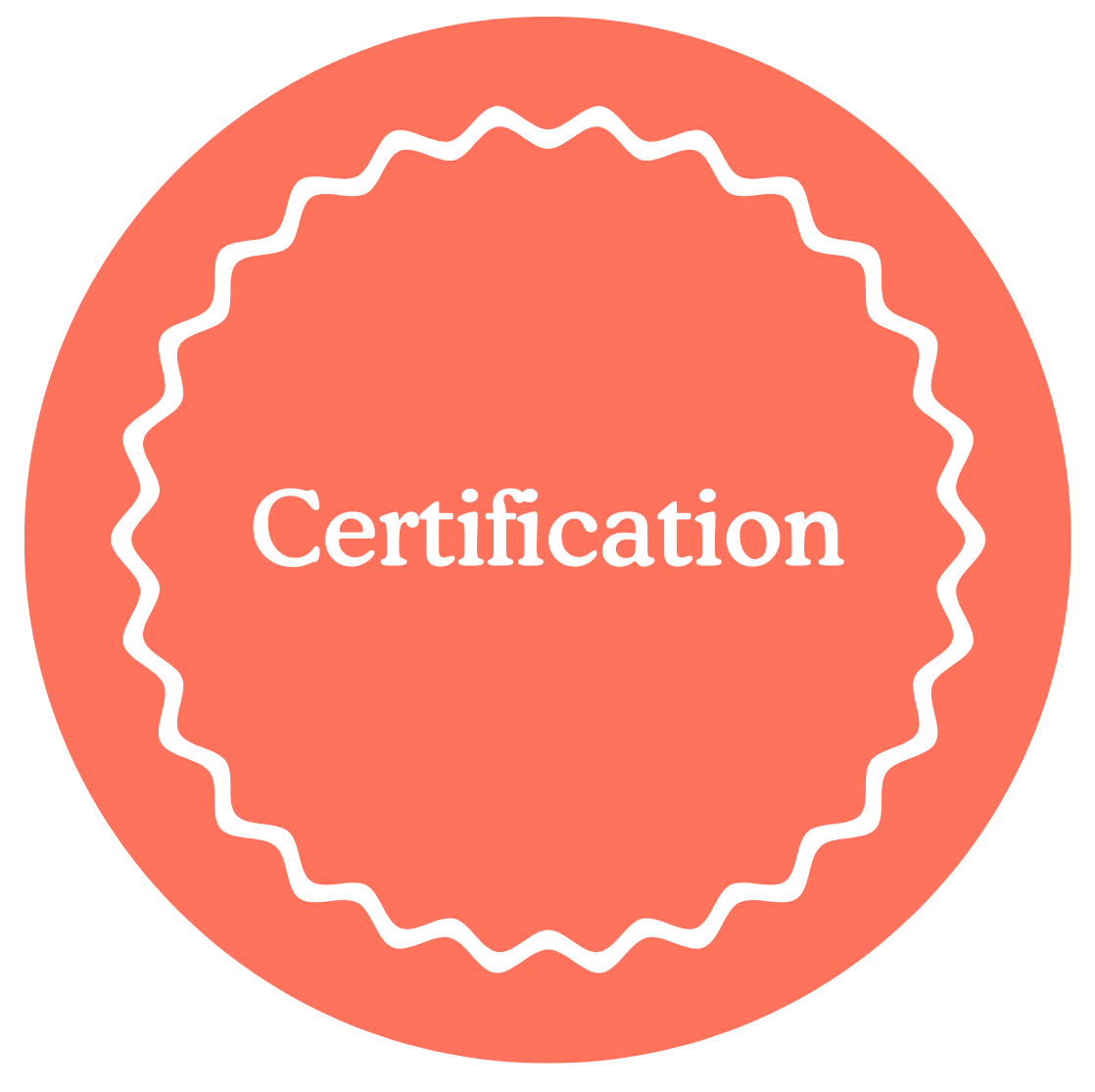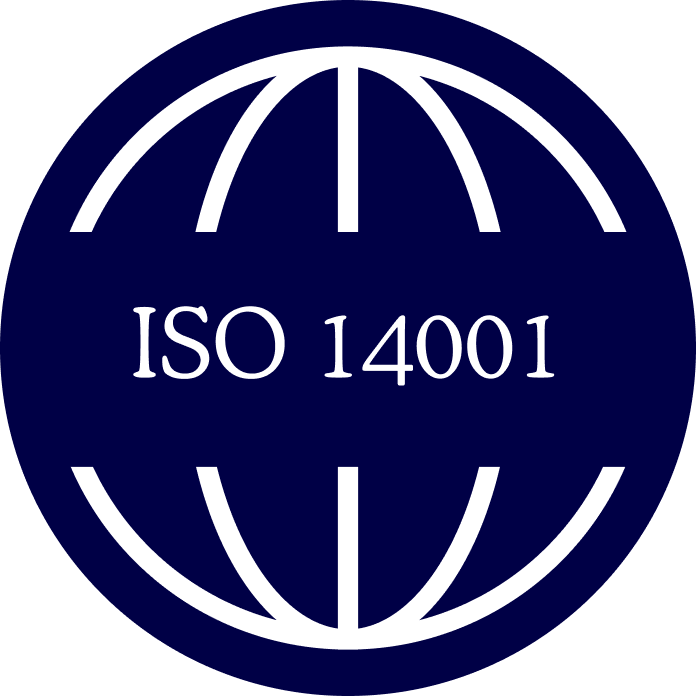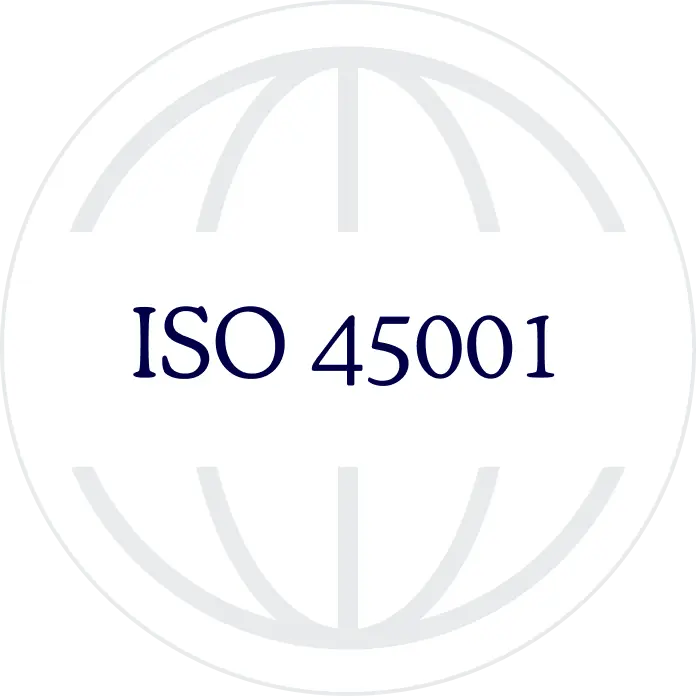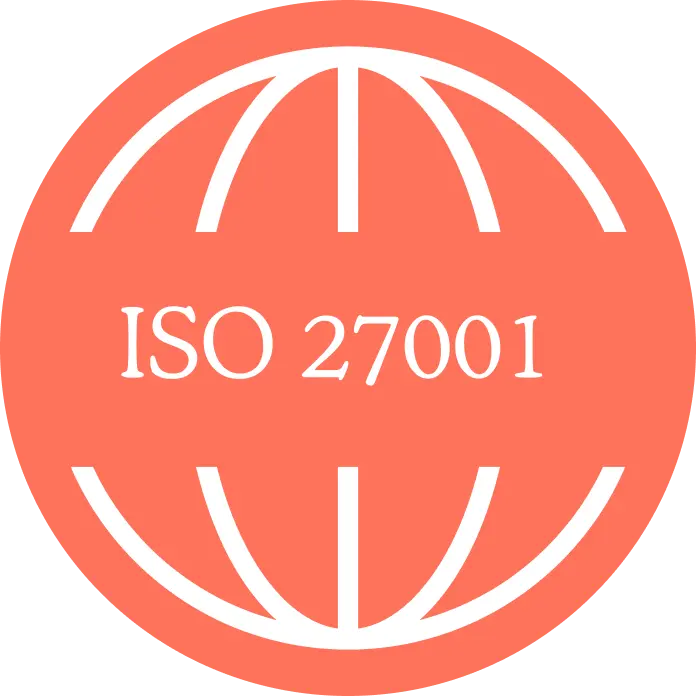A guide to ISO 9001:2015
ISO 9001:2015 is the most widespread standard for managing quality, with over 1 million organisations worldwide having certification. ISO 9001 is an internationally agreed framework, outlining all the elements of best practice an organisation should employ. Its purpose is to:
- Help businesses to build strong quality management systems
- Create a benchmark against which the performance of companies can be judged
- Help businesses satisfy customers through improved products and services
Why is ISO 9001 certification so important?
There are a number of benefits to having a well implemented ISO 9001 Quality Management System:
It strengthens your image and credibility, helping you to win projects
Without a doubt, the ability to show clients that you have a certified quality management system in your business is one of the most powerful arguments for achieving certification. Having an independent third party verify your organisations processes sends a strong message to clients and prospective clients that you mean business and will deliver time after time.
It aids the repeatability of processes
Having standardised ways of working is essential when you are looking to provide the same quality of service or product time after time. Avoiding variation is essential in any organisation, particularly when you are either looking to scale up or are already at a good size. Standardisation should occur to the level that is beneficial. Where creativity or flexibility is a key element, this should be recognised by writing processes that allow room for creativity but still define inputs and outputs.
It is an enabler of scalability
If you are looking to grow the business, at some point it becomes essential to start documenting how processes work. ISO 9001 gives a framework for this, and helps you to think about both the key operational processes that generate your product and service, but also the critical support processes like HR and supplier management.
It can help you save money
Running a good quality management system does require financial outlay, however if implemented correctly your business will make a net saving. A quality management system ensures that you have competent staff to do the work, defined processes to prevent errors and a framework in place to catch errors when they do occur and prevent them occurring again. We have seen a good quality management system reduce costs associated with errors by over £100,000 in a business with a turnover of £10m.
It’s the basis for creating a quality culture
The process of implementing and maintaining a good quality management system will engage all staff. It is easy to overlook the significant impact that a workforce united to producing quality work can have. If every member of your team takes accountability for their work and actively looks for ways to improve how things are done, the ability of your business to learn and improve will set it above and beyond the reach of your competitors.
How is the standard structured?
When you first look at the standard, the layout and terminology can be confusing. However, as you understand further how the ISO 9001 standard is structured the logic starts to appear.
A story of two halves
The ISO 9001:2015 standard is written around 10 clauses. Of the ten clauses, it is clauses 4-10 that are audited. Clause 1-3 are used to set the scene of the standard but are less important when it comes to your ISO 9001 implementation.
Clause 4 – Context of the Organisation
Your organisation must identify, monitor and review external and internal issues that are relevant to your business and its strategic direction, especially those that will impact quality. You can use tools like PESTLE, SWOT and Porter’s 5 Forces to consider all the factors shaping your business. You should document your findings and review them regularly. This clause also asks you to document all the interested parties who have needs and expectations of your business. Finally, this is the clause that suggests that you should have documented processes and procedures. How you document these processes and procedures is up to you, however typical ways include swimlane diagrams, turtle diagrams, standard operating procedures, or simply writing down how each process in your business occurs.
Clause 5 – Leadership
Leadership involvement is a critical component in making a quality management system work, and for this reason the standard makes it a requirement. Leadership are required to create your Quality Policy, set quality objectives, be present in the quality reviews and communicate the importance of quality throughout the organisation. Some of the ways leaders are involved will be tangible, e.g. the writing of the quality policy, but in other ways their involvement will be intangible, e.g. by acting in a way that positively promotes a quality culture.
Clause 6 – Planning
In Clause 6 of ISO 9001:2015 you need to demonstrate that actions to ensure quality are planned and do not occur by chance. The standard asks you to document the major risks facing your organisation and any business opportunities you believe that you have. These risks & opportunities should be linked to the contextual issues and expectations of your interested parties (Clause 4). This clause also requires you to set and document quality objectives, and to have a way to plan for changes in your business that may impact the quality of your output.
Clause 7 – Support
This section of the standard is about all the pieces of a management system that act like the oil, allowing everything else to run smoothly. We are talking about making sure you have the right people in place, the right infrastructure (physical and digital), a good working environment and sufficient knowledge (both individual knowledge and organisational). You are also required to have a way to monitor how well your organisation and the processes are working, e.g. with KPIs. If you have machinery or equipment that needs to be calibrated this also needs to be done regularly and documented.
Clause 8 – Operations
This is both the longest clause in the standard and the clause which can be the hardest to neatly define. It requires your organisation to carry out your operations in a controlled manner, applying the factors you have identified in clauses 4 to 7. You need to consider aspects such as; how you communicate with customers; determining the customer and legal requirements for your products and services; how you design and develop a product and service; how you control suppliers; how you follow up after delivering products and services; and what you do if there are issues during production, delivery or use. Evidencing this clause to an assessor is usually done through a walk through your workspace, observation of a job or project from end-to-end and interviews with staff.
Clause 9 – Performance evaluation
There are three main components of performance evaluation. Firstly you will need to demonstrate how you get feedback from customers and ideally have a way of documenting this feedback. Secondly is the important business of internal auditing – you will need to demonstrate that you regularly audit all the key components of the management system to review performance. Lastly, you will need to hold periodic ‘management reviews’ in which the person responsible for the daily running of the management systems reports back to the leadership team against a set agenda.
Clause 10 – Improvement
The key mechanism for continual improvement is a ‘nonconformance process’. Although this sounds a bit foreboding, it is actually a constructive way to review your systems when something goes wrong and address the root cause of the issue. It is not about finding fault with individuals, rather the focus is on understanding why a process has broken down. The other half of improvement is the general way in which your business continually improves how it operates, either through small incremental changes or larger step changes.
What does it take to be successful?
Here are what we consider to be the key ingredients to make a really strong quality management system. It is also important to recognise that ISO is a journey and no company will have a perfect system in the first few years. It takes learning and continual improvement to embed quality in the business:
Senior manager involvement
Senior management must be involved to give legitimacy to the quality system, ensure the team buy in & provide the resources needed.
Engagement of staff
Staff should be asked to help write the processes in the first instance and then be actively approached to make suggestions for improvements as the system matures.
Thirst for continual improvement
Ideally the whole organisation, or at least a number of influential members must have a real desire to push the business to continually improve, learning from mistakes and seeking suggestions from all team members for improvements.
Consistency & discipline
A QMS should not be a consideration once a year just before the auditors come in – instead work should be carried out on the management system little and often (e.g. spreading the internal audits throughout the year; or arranging quarterly quality meetings).
Collaboration with suppliers
The role suppliers play in your success shouldn’t be underestimated – the best companies develop strong mutually beneficial relationships with suppliers and speak regularly with them to see how both parties can make improvements to their relationship.
Need more guidance?
Our experienced consultants are available to support you through the process. We can help you perform a gap analysis to understand where your strengths and weaknesses are, host educational sessions to talk you through the requirements of the standard or help you with a full implementation.
Need more information on how the Implementation and Certification process works?
